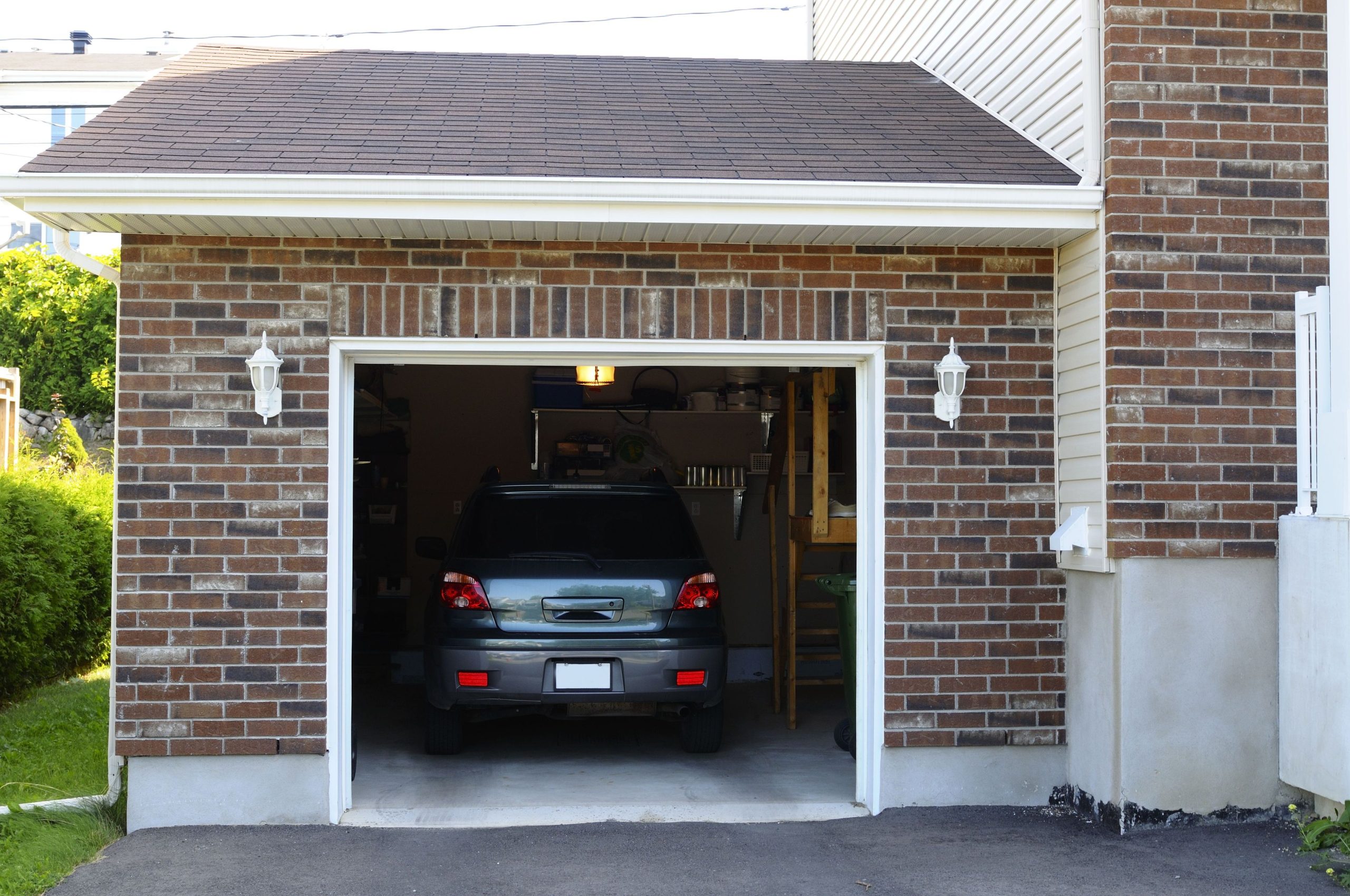A garage door opener in Iowa City, IA has two common remote entry devices, a fob that goes on your keychain and a controller that is normally clipped to the cars sun visor. Both devices are actually very small radio transmitters which send a signal to the receiver in the garage, the receiver is tuned to the same frequency used by the transmitter, normally 300 – 400 MHz.
When remote garage door openers first appeared in the market, sometime in the 1950s the transmitter was very simple, all having the same frequency. As the remote garage door opener became more and more common a major issue with security was found. Anyone with a transmitter could just drive along a street and open any garage fitted with a garage door opener in Iowa City, IA.
Fast forward to the mid 1970s when the receiver got slightly better by fitting them with a chip and 8 dip switches. The dip switch is soldered to a circuit board and by setting a sequence which in turn controlled the code. Although the improvement was a major step in elevating security, it still only allowed for 256 combinations. It was a move in the right direction as it more or less eliminated the frustration of having your door opened by a neighbor but it really was not yet secure enough.
Today the problem has been solved. Garage door openers and remote car door openers both use a similar controller which uses a rolling or hopping code. A system typically has 40 bit code which provides about 1 trillion codes, all different. Both the transmitter and receiver use an identical random number generator, when the transmitter sends a code it uses the number generator to churn out a new code number which it memorizes. When the receiver receives a valid code from the transmitter it uses an identical random number generator, assuring 100% synchronization. The operator will only open the door when it gets the correct code, the chances of a random signal opening the door is almost zero.
What is known as code capturing is eliminated. The older system which only had 256 possible combinations could easily have the code captured as it never varied from one operation to the next but with a rolling code, attempting to capture the code is futile as there is absolutely no way to predict in advance what random number code the transmitter and receiver will settle on.
This same system is what saves your car door from being opened at random in the parking lot at the mall. Although there are far more cars than there are garage door opener in Iowa City, IA, the random number makes the “code napping” virtually impossible.






